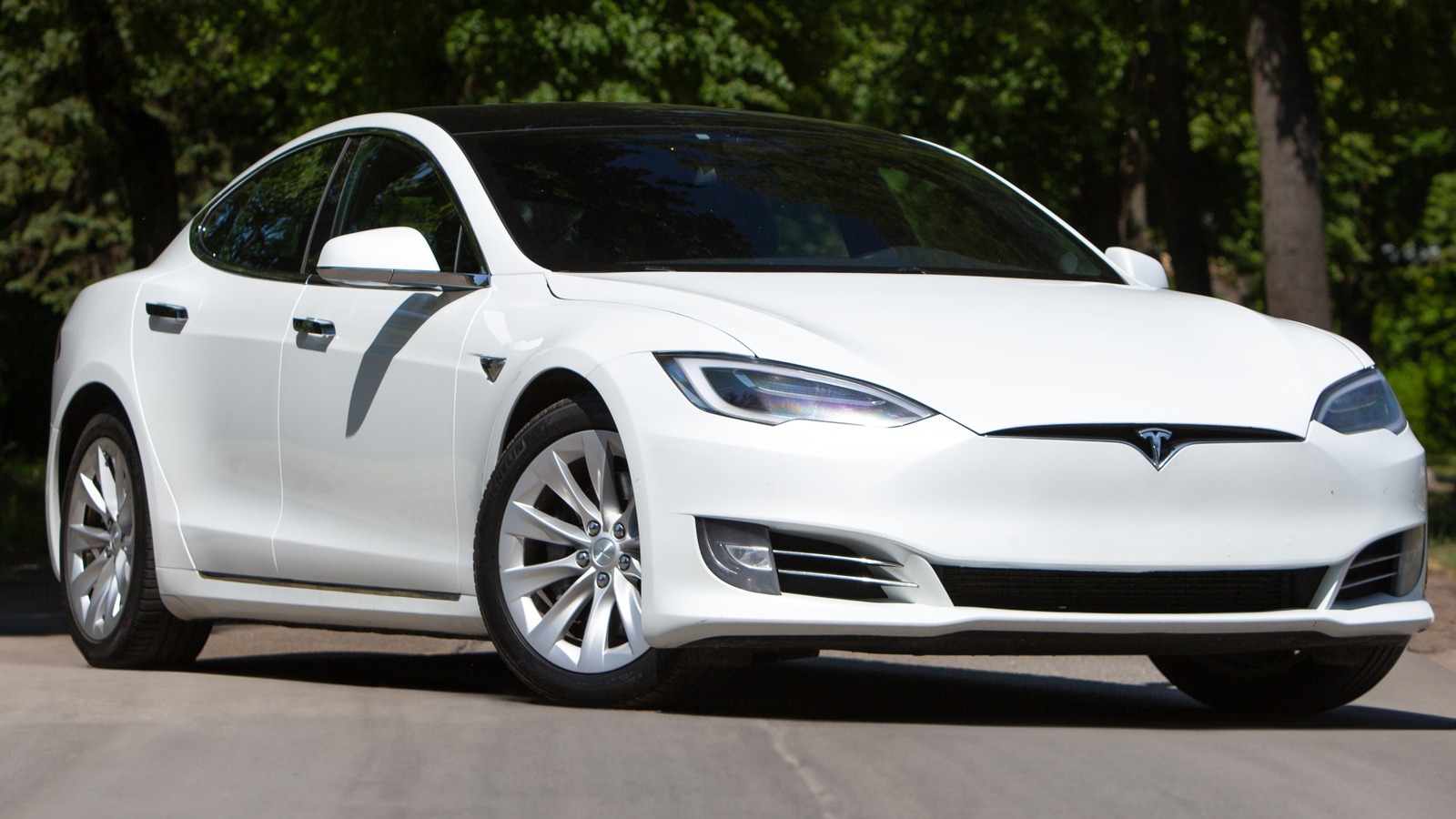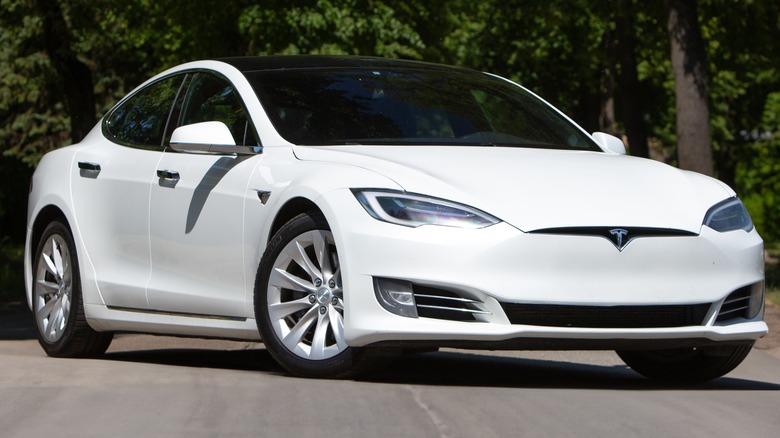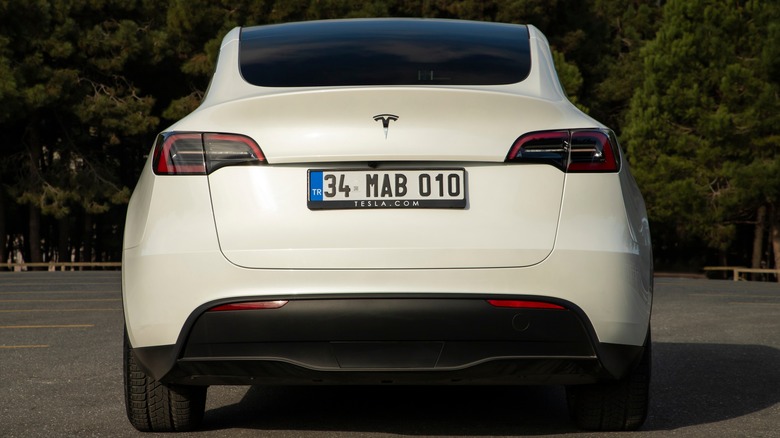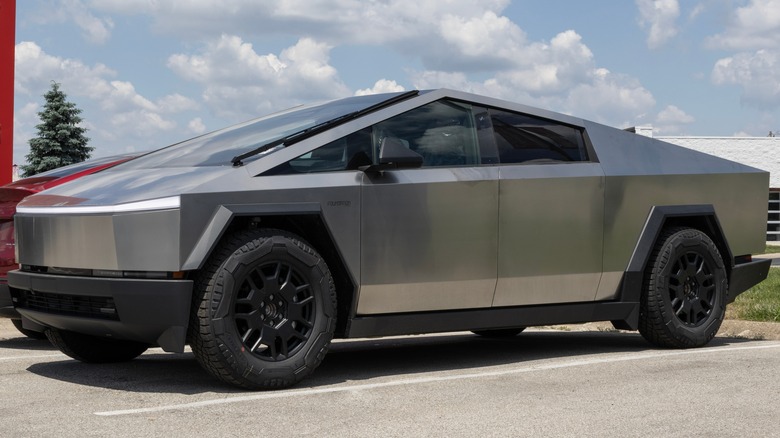Tesla’s meteoric rise from startup to global EV powerhouse is one of the automotive industry’s most disruptive stories, despite Tesla seeing a significant sales decline in 2025. The rise, however, came with persistent criticism over build quality, particularly concerning inconsistent panel gaps, misaligned trims, and substandard paint finishes. Early Model S units (2012 to 2015) and even the initial Model 3 production cars (2017 to 2018) often exhibited glaring fit-and-finish issues.
CEO Elon Musk admitted in 2018 during the Q1 earnings call that the company didn’t understand manufacturing complexity when launching the Model 3. “We were huge idiots and didn’t know what we were doing,” he told Bloomberg (via Business Insider).
Over time, Tesla has made incremental improvements, driven by increased automation and tighter manufacturing controls. The Shanghai Gigafactory, in particular, has been noted for significantly better quality than its older Fremont, California counterpart. Cars produced in China consistently receive higher customer satisfaction ratings for build quality, a testament to Tesla’s manufacturing learning curve. But while the evolution is notable, the improvement hasn’t completely silenced critics, especially in North America, where panel alignment and trim inconsistencies remain a sore spot for many buyers.
Panel gaps: a lingering issue or a thing of the past?
Tesla’s panel gaps have become something of a meme in automotive circles, but are they still warranted in 2025? The answer is a qualified “sometimes.” Recent reviews and customer reports suggest that while the company has improved, inconsistencies persist — especially in vehicles built at Fremont.
Third-party panel fitment analyses also point to a mixed bag. Sandy Munro, a well-known manufacturing consultant and internet personality, praised the engineering of the Model Y but criticized its early panel fitment. Later versions of the same car showed improvement, indicating Tesla is addressing these issues — just not uniformly.
Furthermore, Tesla’s now hard-to-sell Cybertruck has attracted attention not only for its design but also for inconsistent body panel alignment, as noted by several early reviewers and owners on platforms like YouTube and Reddit in early 2024. These quality control problems suggest that despite technological innovation, Tesla still battles with the fundamentals of automotive craftsmanship.
Has Tesla outgrown its manufacturing growing pains?
Tesla’s build-quality challenges are partly rooted in its Silicon Valley DNA. Unlike legacy automakers with over a century of production refinement, Tesla has prioritized speed and innovation over traditional quality benchmarks. However, as Tesla matures, the company is increasingly focusing on manufacturing quality. Gigafactories in Berlin and Austin, Texas have introduced new production techniques like single-piece castings and structural battery packs, reducing the number of parts — and therefore the opportunities for misalignment.
Additionally, Tesla’s vertical integration gives it better control over quality than many traditional automakers. But execution remains key. While short-lived innovations like Tesla’s Giga Press castings simplify assembly and reduce variation points, panel alignment still depends on calibration, human oversight, and quality assurance processes that Tesla is still refining.
The brand’s recent move toward a more automated quality assurance structure at Fremont may help alleviate these issues. But until Tesla applies these higher standards across all its factories and models consistently, inconsistent panel gaps and misalignment will remain a sticking point for both customers and critics.





